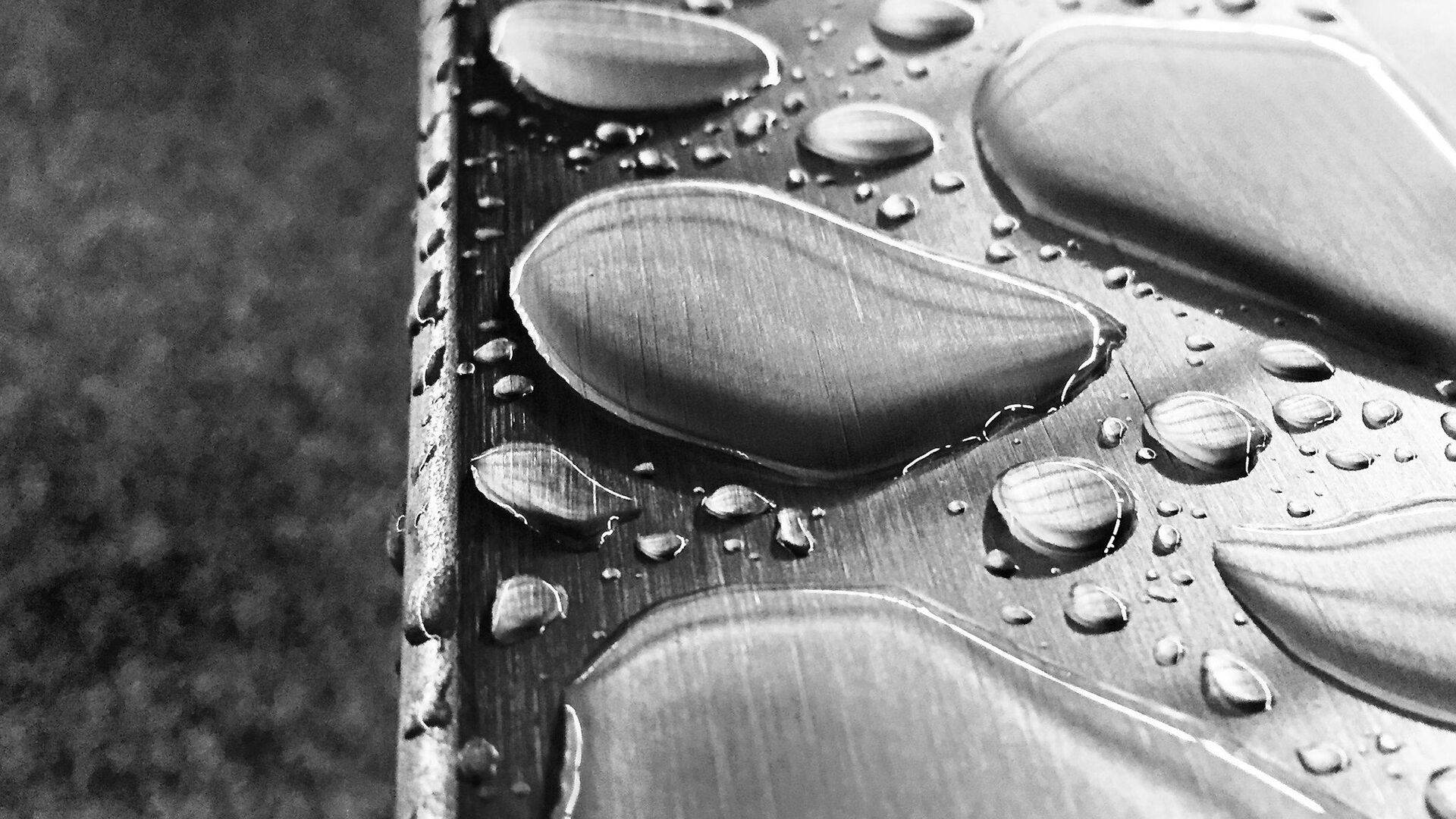https://sputnikglobe.com/20220113/strange-metal-discovered-by-scientists-could-lead-to-understanding-of-three-decade-long-mystery-1092230062.html
'Strange Metal' Discovered by Scientists Could Lead to Understanding of Three-Decade-Long Mystery
'Strange Metal' Discovered by Scientists Could Lead to Understanding of Three-Decade-Long Mystery
Sputnik International
So-called "strange metals" do not behave in ways typical to other metals when they are heated or cooled, deviating from the usual rules of physics.
2022-01-13T11:45+0000
2022-01-13T11:45+0000
2022-01-13T11:45+0000
science & tech
scientists
metal
https://cdn1.img.sputnikglobe.com/img/07e5/03/1a/1082459411_0:448:2049:1600_1920x0_80_0_0_b87f63d80c661fa95e1195081651ff23.jpg
Scientists have discovered a new "strange metal" with a behaviour they do not seem to understand. The moment occurred when looking into bosonic systems, where such behaviour had not been spotted before.The new research was published in Nature on Wednesday, titled "Signatures of a strange metal in a bosonic system". The scientists discovered a never-before-seen type of metal behaviour in the system, where an electrical charge is not carried by electrons, as usual, but by so-called Cooper pairs.Cooper pairs are bosons — particular kinds of subatomic particles. Electrons are fermions, another kind of such particles. The new research could open the door to solving a mystery that has been troubling scientists for almost three decades, since cuprates — a class of materials that tend to behave in ways different to other metals — were discovered.These "strange materials" do not appear to display the same characteristics as other other metals when they are heated. Normally, their resistance goes up until the point when it becomes constant. Cuprates, however, do not follow these rules, and scientists are still struggling to figure out why.Seeking to better understand the behaviour of the "strange metal", scientists used a cuprate material with tiny holes in it to produce the Cooper pairs, cooled it down, and observed changes in its conductance. They ended up seeing that it behaved in ways similar to fermionic strange metals — which, however, provides little progress in understanding where this behaviour comes from.
Sputnik International
feedback@sputniknews.com
+74956456601
MIA „Rosiya Segodnya“
2022
News
en_EN
Sputnik International
feedback@sputniknews.com
+74956456601
MIA „Rosiya Segodnya“
Sputnik International
feedback@sputniknews.com
+74956456601
MIA „Rosiya Segodnya“
strange metals, cooper pairs, fermione particles, boson particles, bosonic systems,
strange metals, cooper pairs, fermione particles, boson particles, bosonic systems,
'Strange Metal' Discovered by Scientists Could Lead to Understanding of Three-Decade-Long Mystery
So-called "strange metals" do not behave in ways typical to other metals when they are heated or cooled, deviating from the usual rules of physics.
Scientists have discovered a new "strange metal" with a behaviour they do not seem to understand. The moment occurred when looking into bosonic systems, where such behaviour had not been spotted before.
The new research was published in
Nature on Wednesday, titled "Signatures of a strange metal in a bosonic system". The scientists discovered a never-before-seen type of metal behaviour in the system, where an electrical charge is not carried by electrons, as usual, but by so-called Cooper pairs.
Cooper pairs are bosons — particular kinds of subatomic particles. Electrons are fermions, another kind of such particles.
"We have these two fundamentally different types of particles whose behaviours converge around a mystery", Jim Valles, a professor of physics at Brown and an author of the new study, said, as cited by The Independent. "What this says is that any theory to explain strange metal behaviour can't be specific to either type of particle. It needs to be more fundamental than that".
The new research could open the door to solving a mystery that has been troubling scientists for almost three decades, since cuprates — a class of materials that tend to behave in ways different to other metals — were discovered.
These "strange materials" do not appear to display the same characteristics as other other metals when they are heated. Normally, their resistance goes up until the point when it becomes constant. Cuprates, however, do not follow these rules, and scientists are still struggling to figure out why.
"To try to understand what's happening in these strange metals, people have applied mathematical approaches similar to those used to understand black holes", Valles said. "So there's some very fundamental physics happening in these materials".
Seeking to better understand the behaviour of the "strange metal", scientists used a cuprate material with tiny holes in it to produce the Cooper pairs, cooled it down, and observed changes in its conductance. They ended up seeing that it behaved in ways similar to fermionic strange metals — which, however, provides little progress in understanding where this behaviour comes from.
"It's been a challenge for theoreticians to come up with an explanation for what we see in strange metals", Valles explained. "Our work shows that if you're going to model charge transport in strange metals, that model must apply to both fermions and bosons — even though these types of particles follow fundamentally different rules".



